In modern saunas, the lower backrest has become an essential element of the interior. This design feature migrated from well-appointed Finnish saunas to the “Russian bathhouses.” Many people desire to enhance their sauna experience with a comfortable lower backrest. In this article, we will discuss how to choose a lower backrest for your sauna and its unique characteristics.
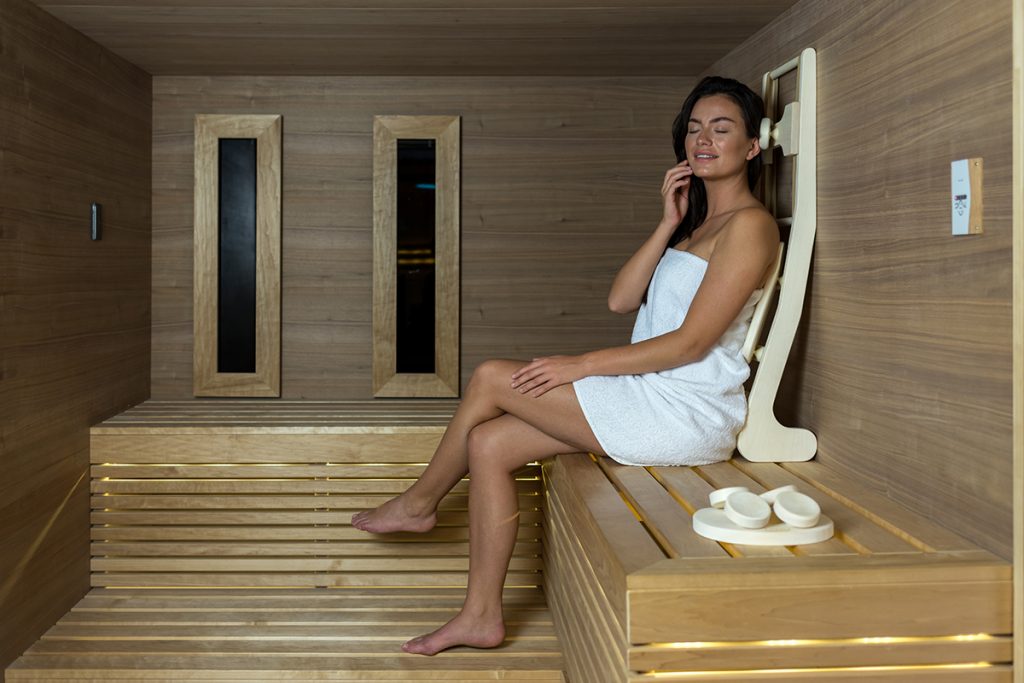
Why Sauna Lower Backrests Are Needed: Purpose and Description
A sauna lower backrest is a wooden grid positioned above the sauna bench, featuring a distinctive anatomical curve.
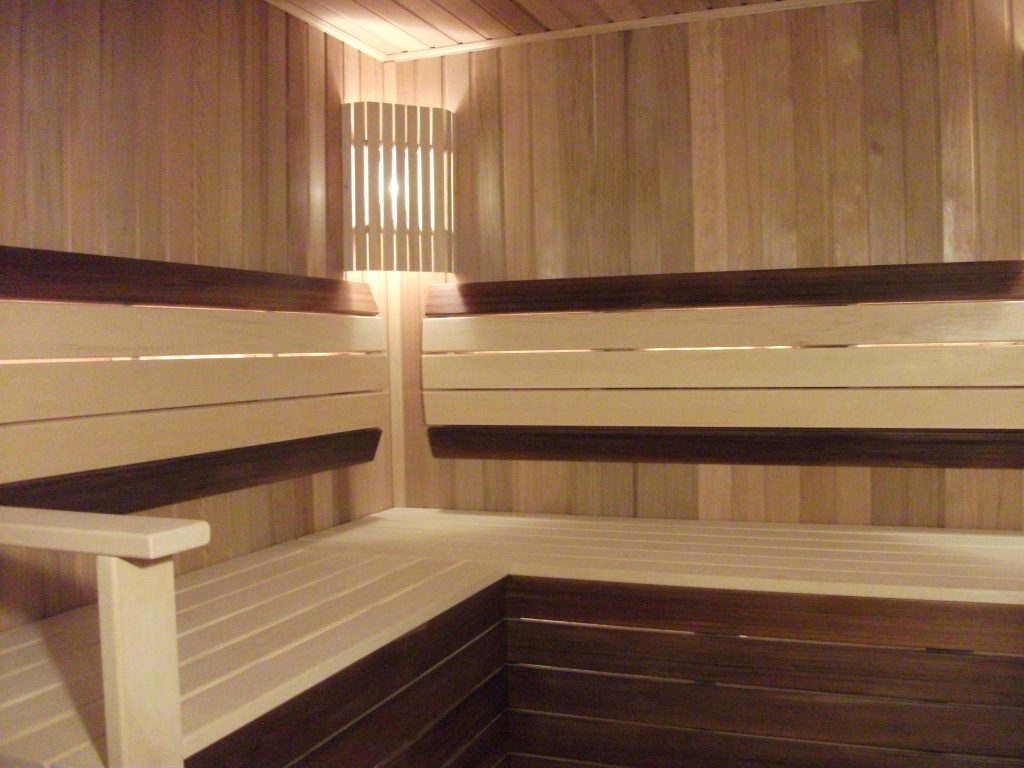
A sauna lower backrest serves several functions, including:
- Its primary purpose is to protect the body from burns. Sauna walls can become scorching hot, posing a risk of severe injury upon contact with the skin. Therefore, a lower backrest is placed between the wall and the body, heating up to a comfortable temperature without posing a danger to individuals.
- The presence of a lower backrest enhances comfort during sauna sessions. It allows individuals to not only lie on the bench or sit on its edge but also assume a comfortable position, relieving their back according to personal physiological features and preferences.
- A well-designed lower backrest is used for securing a sheet or towel. Moreover, it serves as support for getting on and off the bench.
- It’s worth noting the decorative aspect of this element. Lower backrests made of natural wood look very stylish. They can hide lighting fixtures, creating an atmospheric, diffused light.
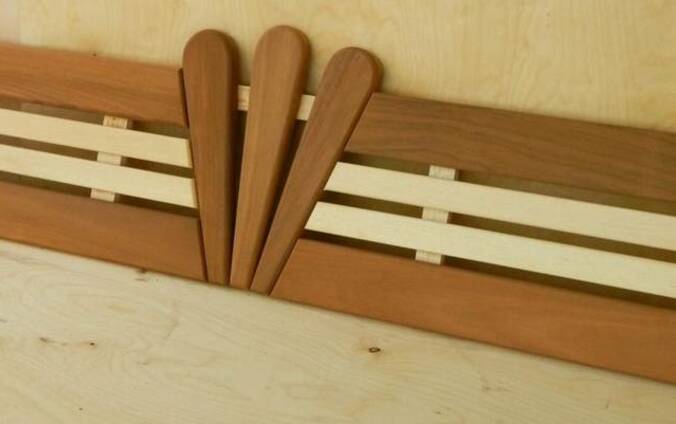
Types and Standard Sizes of Sauna Lower Backrests
In essence, a lower backrest is a straightforward structure that you can easily make yourself from a few wooden slats. Fixing the wooden panels in place is also a straightforward task. However, when choosing a ready-made lower backrest or crafting one manually, there are some aspects to consider regarding types, shapes, and materials.
Based on their form and structural characteristics, lower backrests come in the following types:
Rounded Lower Backrest
This is the most popular lower backrest design, taking into account the body’s anatomical features and allowing you to comfortably position yourself on the bench with a slight arch for your back.
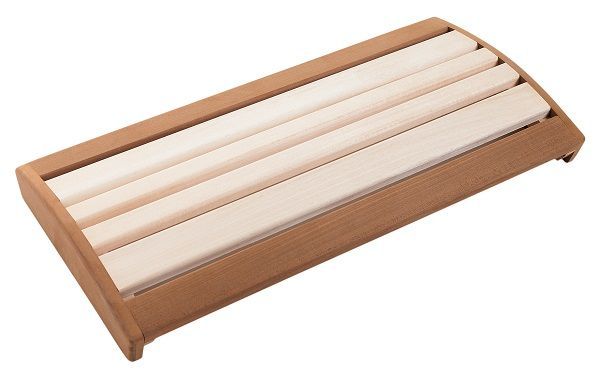
To create such a lower backrest, you’ll need two side beams and several slats that need to be fastened, giving them a shape resembling a small arch. For the side pieces, 40 cm x 10 cm beams are typically used, while the dimensions of the slats depend on the type of wood. The distance between slats should not exceed one centimeter.
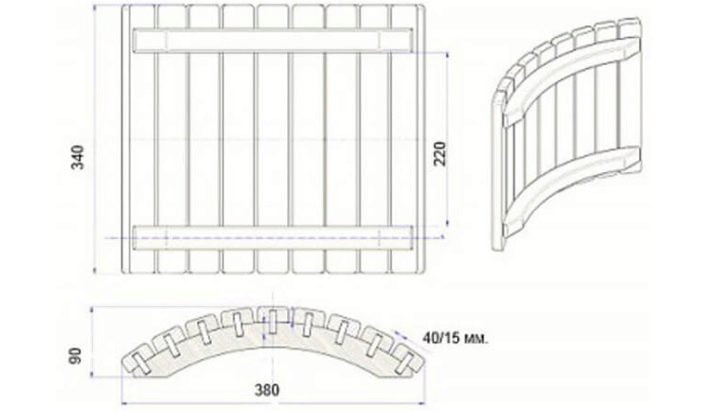
Straight Lower Backrest
This is the simplest construction made of slats. Three to four treated and lacquered slats, 5-8 centimeters wide, are simply attached to the sauna wall above the bench.
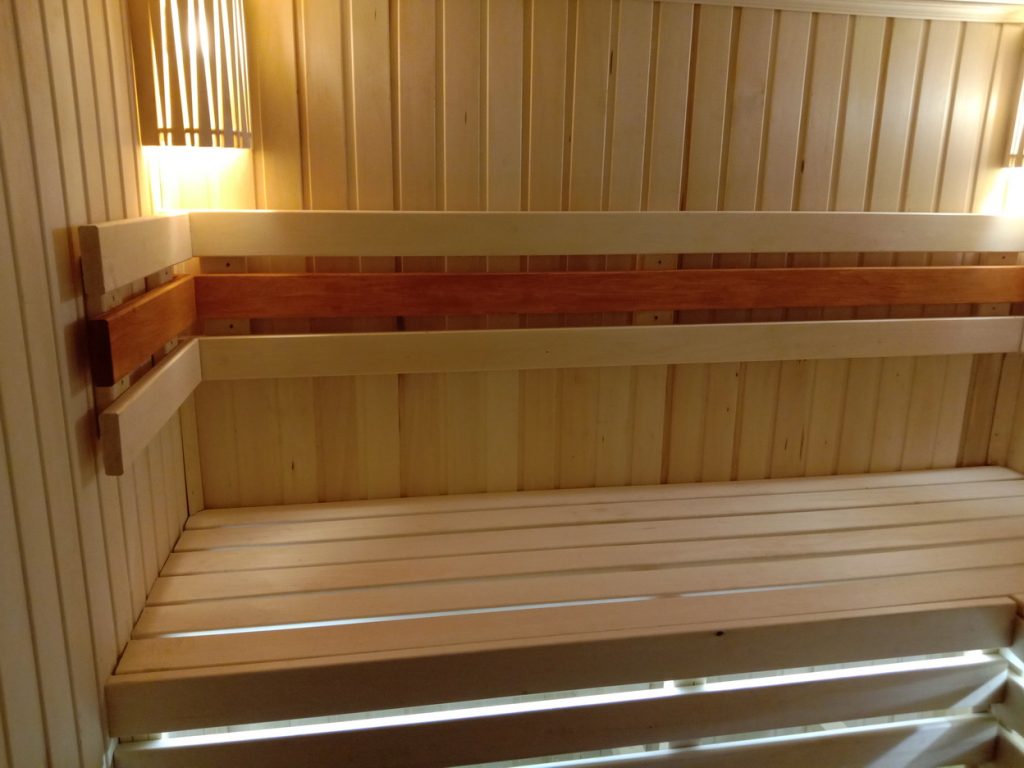
Massage Lower Backrest
Its shape is similar to a rounded lower backrest, but for a massage effect, curved, polished, and lacquered sticks with a diameter of 2-3 cm are used. The standard dimensions of the “side supports” are 12×45 cm.
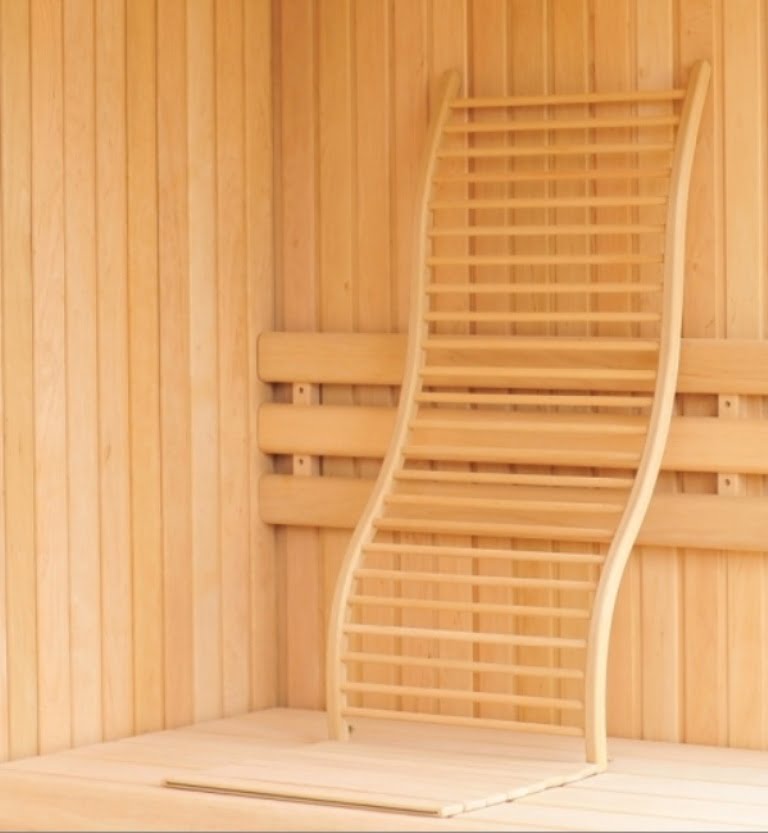
The most common dimensions for all types of lower backrests, especially factory-made ones, are:
- Width – 50 cm;
- Height – 15 cm;
- Length – 45 cm.
However, when making this sauna decor element yourself, you can consider individual preferences and take into account the specific dimensions of the sauna room.
It’s also worth paying attention to the material, specifically the type of wood for the lower backrest. Since wood has its own characteristics, the best wooden lower backrests for use in the sauna include:
Pine Lower Backrest
Pine is the most budget-friendly and easy-to-work-with type of wood. Additionally, when heated, the wood releases a pleasant pine scent. However, when choosing pine, it’s important to consider its limited durability, especially in the presence of significant temperature fluctuations. Over time, it may deform, and low-quality, poorly processed pine can emit toxic resins.
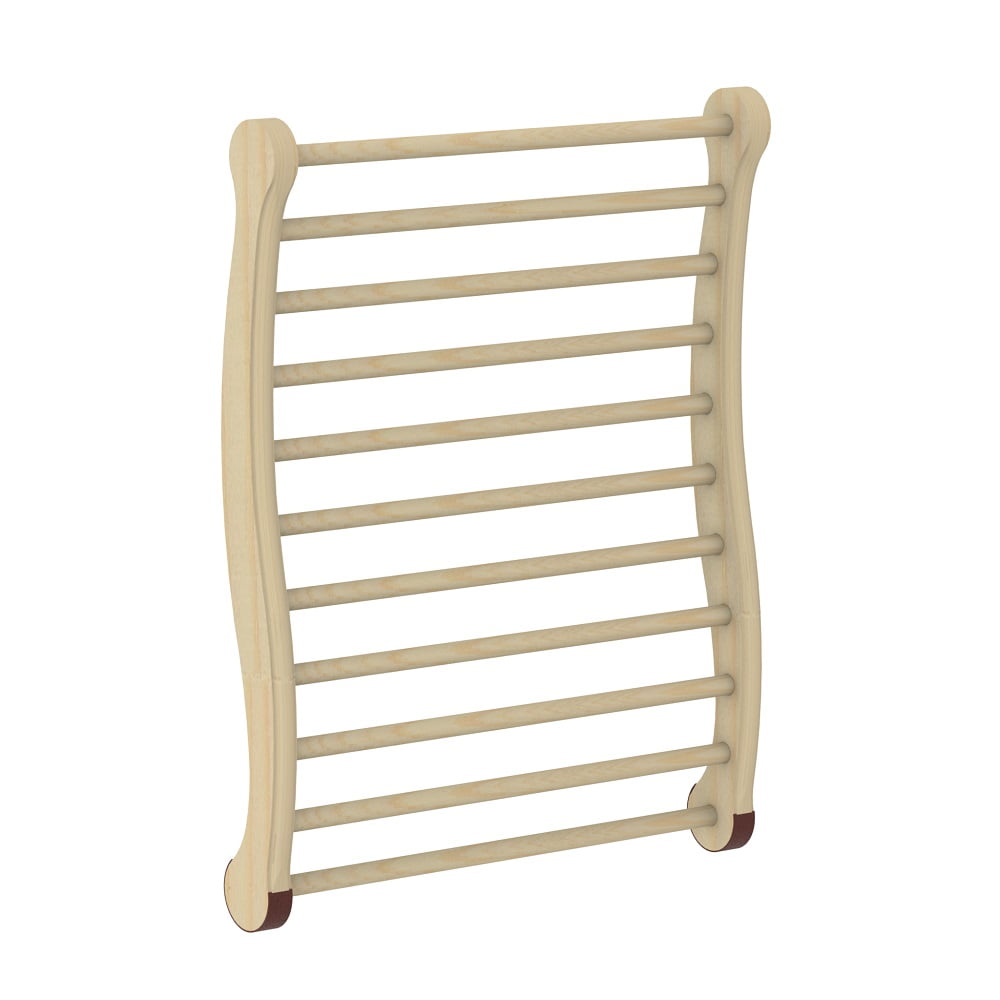
Birch Lower Backrest
Birch possesses excellent heat conductivity and has traditionally been used for crafting internal sauna elements. It heats up completely and does not absorb moisture. Its dense and durable wood is ideal for a sauna lower backrest.
Alder Lower Backrest
A very reliable wood type that is resistant to deformation and decay. Alder is also resistant to moisture and temperature fluctuations.
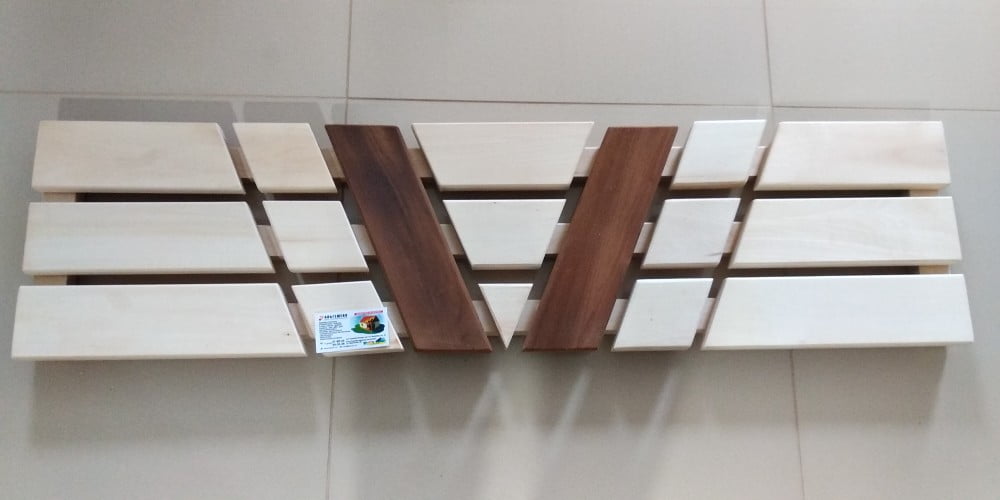
Linden Lower Backrest
Linden is an excellent material for the sauna. In addition to its high operational characteristics in terms of temperature and moisture resistance, it is unique in its beneficial properties. When heated, linden wood emits aromatic substances that have a positive impact on the immune and nervous systems.
At What Height Should a Sauna Lower Backrest Be Installed
The lower backrest is a compact structure that is installed above the sauna bench and does not take up space on the lounger or in the sauna room.
The standard installation of a lower backrest is on the wall at a height of 25 to 30 centimeters from the bench.
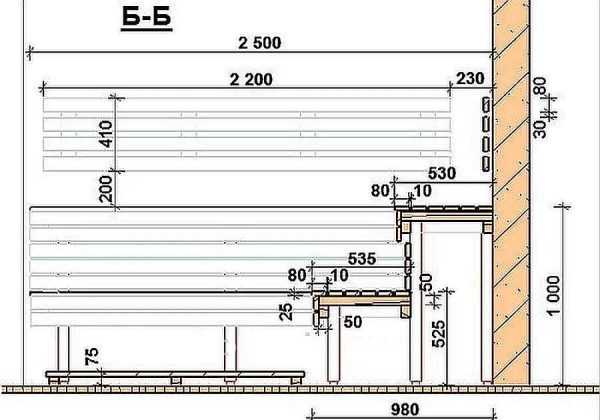
However, if you are talking about a personal sauna for your own needs, you can disregard conventions and install the lower backrest at a convenient height for the owners.
In this case, only one rule applies – the lower backrest is a barrier between the body and the heated wall. Therefore, it should be mounted so that only the backrest contacts it, and the lower back does not come into contact with the wall.